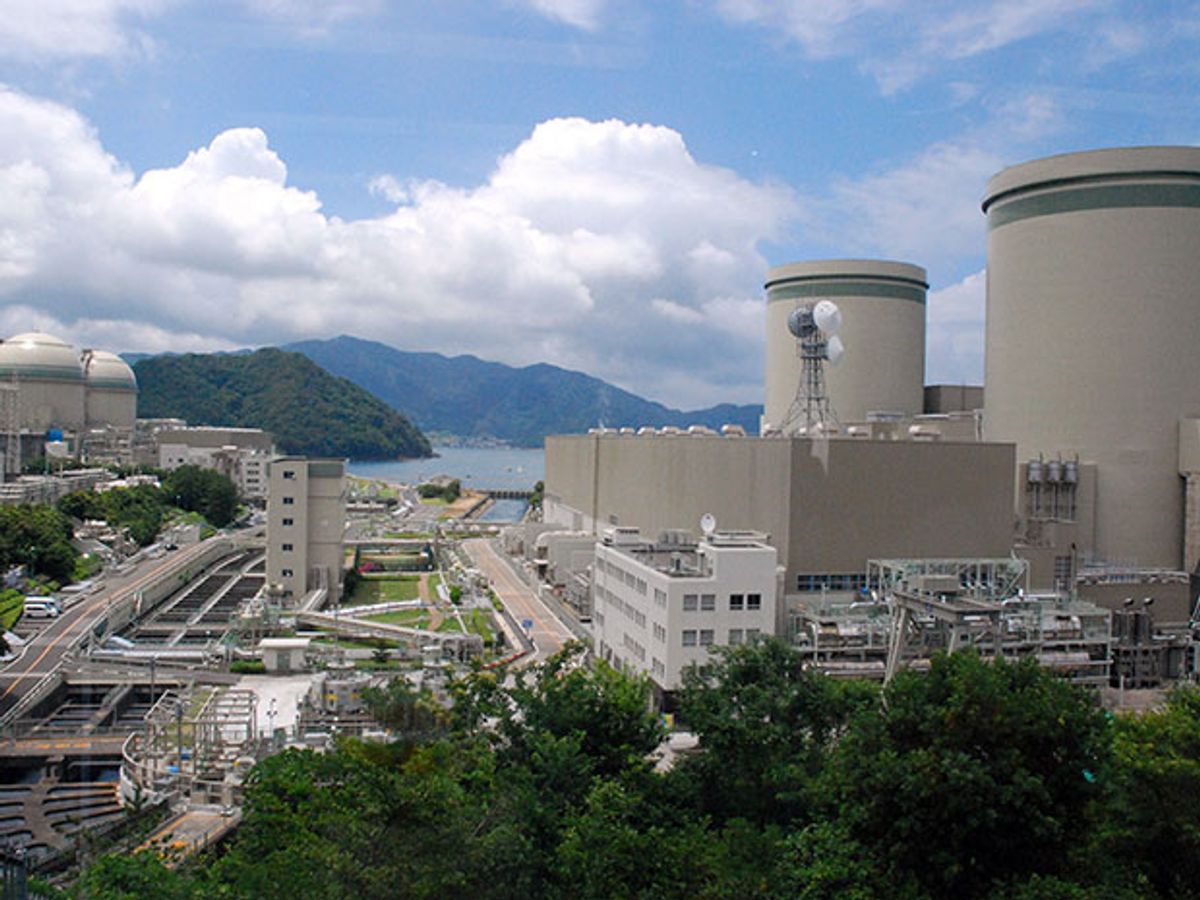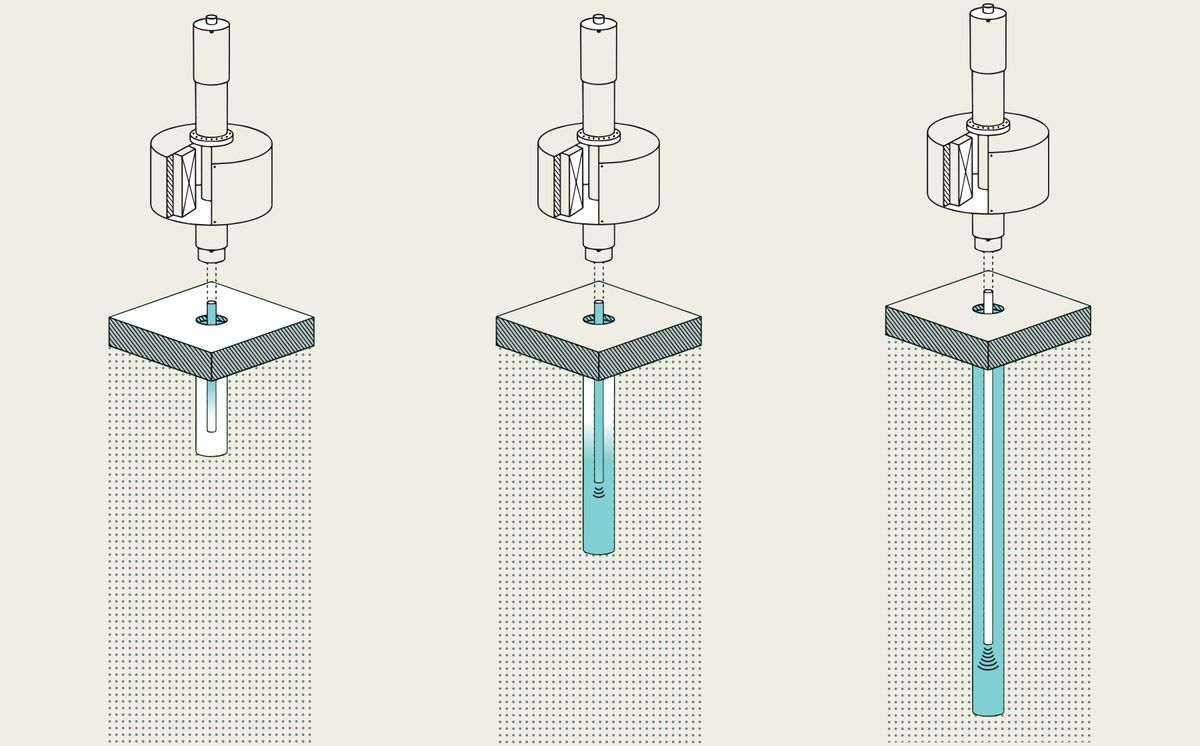Just when it seemed Japan was poised to get its nuclear plants up and running again after the 2011 accident at Fukushima Daiichi brought about the shutdown of all the country’s nuclear operations, a series of mishaps has raised doubts over the government’s ability to achieve its goal of supplying 20-22 percent of Japan’s energy needs with nuclear power by 2030.
Last month, TEPCO, the regional electric utility that operated the Fukushima plant, issued a press release admitting that according to the results of a recent investigation, staffers had not followed guidelines requiring them to quickly declare a meltdown following the Daiichi accident.
“In the course of our investigations, it was discovered that TEPCO’s internal manual at the time clearly stated that a core meltdown was to be determined if the percentage of core damage exceeded 5%,” states the release. It goes on to say that, “We have confirmed that there were events where it may have been possible to issue notifications and reports more promptly immediately after the tsunami hit on March 11, 2011.”
Two days before last month’s TEPCO announcement, Kansai Electric Power Co. (KEPCO, which serves the Osaka and Kyoto regions) revealed that it had found a leak on 20 February in the filtering system of the Unit 4 reactor at its Takahama Nuclear Plant in Fukui Prefecture, some 500 kilometers west of Tokyo. A contaminated pool of water was also discovered. The incident happened during preparations to restart the reactor after Japan’s Nuclear Regulatory Authority’s (NRA) had deemed it safe to go back on line.
“Subsequently, the puddle was wiped [up] and it was confirmed that there was no remaining contamination,” the KEPCO announcement explained.
Convinced that all was well, KEPCO started up the reactor on 26 February. It shut down automatically three days later due to a “main transformer/generator internal failure,” the company reported.
But the biggest blow came on 9 March, when the District Court in Otsu, Shiga Prefecture, located near the Takahama plant—though unprecedentedly not in the same prefecture—ordered the immediate shutdown of Units 3 and 4. The decision came after it agreed with a group of local plaintiffs that the plant did not satisfy all the NRA safety requirements. The Unit 3 reactor had gone back online in January.
Despite this setback, KEPCO has a reasonable chance of having the injunction overturned, says Takayuki Terai, director of the Institute of Engineering Innovation at the University of Tokyo. According to Terai, KEPCO’s saving grace might come from the higher court believing that the scientific grounds for the district court’s decision are not strong and involve the impractical idea of “absolute safety.”
The court’s decision also left open the possibility that, because the differences between what happened and what should have happened in the immediate aftermath of the Fukushima Daiichi accident had not yet been fully resolved and made clear, this cast doubts on the validity of NRA’s safety standards.
“We do take issue with that,” said Shunichi Tanaka, head of the NRA, at a press conference on 22 March. “We made a thorough analysis of the causes of the accident, and we believe we have (incorporated this knowledge) in our new set of regulations.”
In addition, Tanaka said the NRA had consulted with countries around the globe and the International Atomic Energy Agency about international safety practices. “So my current position is that just because the decision (to shut down the plant) came out of the District Court of Otsu, it doesn’t mean that we need to change the regulations at this point in time.”
Nevertheless, says the University of Tokyo’s Terai, “Should there be more legal actions of this kind inside and outside the prefectures where the plants are located, the power companies would face serious problems in starting up their nuclear power plants.”
Given that some 30 lawsuits and petitions for injunctions have been reported in the press, such an outcome seems likely. Currently, the NRA is reviewing 20 nuclear reactors in 16 power stations to see if they meet the new regulatory rules. Meanwhile, the Takahama closures leave just two reactors in operation—both at the Sendai plant run by Kyushu Electric Power Co., also in western Japan.
Clearly, the power companies’ missteps are not helping the NRA’s efforts to rebuild trust with citizens—a critical factor in winning the necessary approval of local governments. Tanaka admitted as much, saying, “I can’t really dispute that.” He added, “Rebuilding trust and confidence is about building a good track record of operations over the long term. So the utilities need to understand that fully.”
One way they can do it is to get some plants up and running without fumbling, says Terai. “Then they can reduce electricity prices. They and the government also need to explain the risks and benefits of nuclear power generation to the citizens and mass media in an easy to understand manner.”



